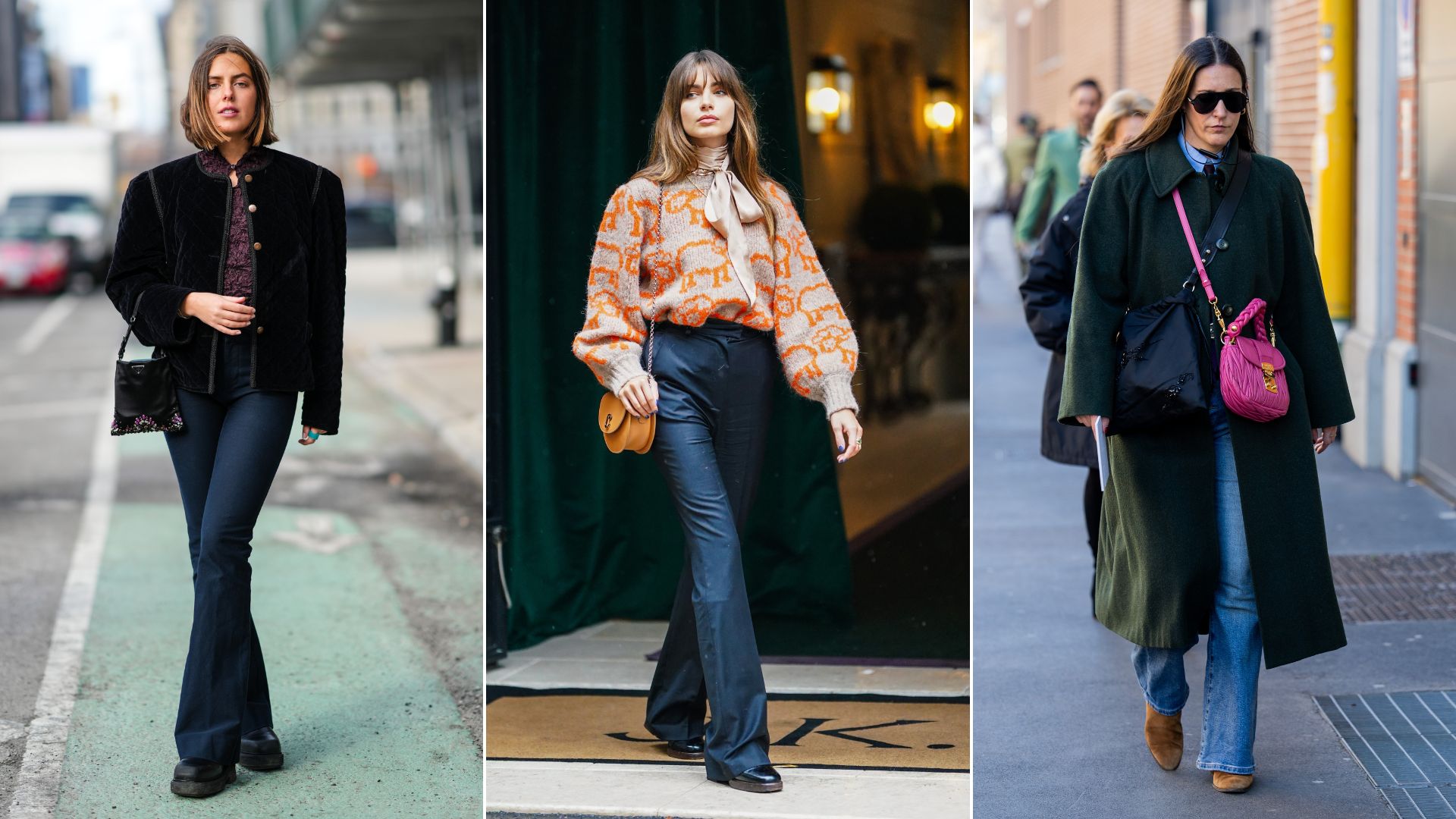Spring Shopping? Your Clothing Budget Has Real Power
Models during the Dior Womenswear Spring/Summer 2021 show as part of Paris Fashion Week 2020 (Photo … [+]
Corbis via Getty Images
Because fashion trends got a big makeover during the pandemic, the fashion industry was under pressure to get one too. While we were all on Zoom, Teams, FaceTime and GoogleMeet calls in tops and sweat pants, trying to keep our cats and dogs and small children out of the picture, the fashion industry itself was being disrupted by more than the pandemic. These companies had to face increased pressure to reduce their massive environmental impact and take care of their labor force too. Fashion is a $2.4 trillion industry that employs 300 million people globally across its value chain, and 80% of the 75 million garment workers are women between 18 and 35 years old.
Did fashion companies use the pandemic shutdown time to retool to better fulfill their declarations to reduce their carbon footprints? Did they take care of the garment industry workers, millions of whom work in developing countries for pennies and were suddenly out of work indefinitely?
The short answer is “no,” according to Kerry Bannigan, Founder and Executive Director of the Fashion Impact Fund and Cofounder and CEO of the Conscious Fashion Campaign, in an extensive Earth Month interview on my Electric Ladies Podcast recently.
FashionImpactFund.org screenshot
FashionImpactFund.org screenshot
“I think many of us that work in impact really thought that seeing this unprecedented disruption to the fashion space would mean that they would be forced to reevaluate. What would this look like? We then started hearing words about ‘pivot, adaptation, reset, reshaping’, the chance to set a whole new era in the fashion industry,” Bannigan said.
“And whilst some (apparel companies) decided to do that, the reality is the sector still lacks so much progress. Because, on the other side, other people very quickly took to creating throw away sweat….And so with that, you started seeing sales absolutely booming for huge companies that are dubbed under the ‘throwaway’ or ‘fast fashion’ sectors.”
Fast fashion is the exact opposite of sustainable.
“Few industries tout their sustainability credentials more forcefully than the fashion industry,” Kenneth P. Pucker, former COO of apparel company Timberland and now a professor at The Fletcher School, wrote recently in the Harvard Business Review. “Products ranging from swimsuits to wedding dresses are marketed as carbon positive, organic, or vegan while yoga mats made from mushrooms and sneakers from sugar cane dot retail shelves. New business models including recycling, resale, rental, reuse, and repair are sold as environmental life savers. The sad truth however is that all this experimentation and supposed ‘innovation’ in the fashion industry over the past 25 years have failed to lessen its planetary impact.”
Startling statistics – the fashion industry’s massive impact on the environment
The fashion industry’s precise environmental impact is hard to measure, experts say, in part because its supply chain is very disbursed, including small factories in developing countries. They’re going to have to find a way to precisely measure it, however, because the Securities and Exchange Commission’s (SEC), newly proposed climate disclosure rules will require it.
A detail of microplastics along the Schiavonea beach, Italy(Photo by Alfonso Di Vincenzo/KONTROLAB … [+]
LightRocket via Getty Images
Here’s what we know today and it’s staggering (these stats are courtesy of Ecothes.com, and similar statistics are reported elsewhere):
- “The fashion industry (including apparel and footwear) accounts for 8.1% of the world’s greenhouse gas emissions.
- “As much as 20% to 35% of all primary source microplastics in the marine environment are from synthetic clothing, according to academic estimates….
- “By 2030, it’s expected that there will be 148 million tons of fashion waste.”….
- “Under 1% of the material used to produce clothing is recycled into new clothing at the end of its life…
- “One kilogram of cotton – equivalent to the weight of a shirt and pair of jeans – can take as much as 10,000–20,000 liters of water to produce.”
There is increasing pressure on the industry to do better and to be more transparent. The Sustainable Apparel Coalition, for example, is working to improve the fashion industry’s impact, including with its Higg Brand & Retail Module and other tools, designed to help brands and retailers track and address their impact.
“There’s those (companies) that are driving the change that are doing this because it’s the right thing to do. They have the means to do it, and they can do that in their businesses. This ranges from big to small,” Bannigan explained. “ But these companies can do much better and that it needs regulations, adding, “It has to be remembered that the fashion industry currently does not…have legislation and it does not have regulations across the board.”
Pucker agreed, suggesting that “governments should adopt extended producer responsibility (EPR) legislation (as has been done in California for several categories, including carpets, mattresses, and paint). Such laws require manufacturers to pay up front for the costs of disposal of their goods. Additional legislation ought to be adopted to force fashion brands to share and abide by supply-chain commitments.”
The supply chain is “a human chain”
A garment worker works at a factory during a countrywide lockdown on July 5, 2021 in Dhaka, … [+]
Getty Images
Bannigan stressed that more collaboration across the industry is needed too, such as having brands share their experience with suppliers. “Specifically, when there is a red flag to be concerned about in someone that they’ve worked with,“ Bannigan suggested, “they need to let their peers in the space know, so that they are no longer ordering from that place. And instead, take their orders and their finances to factories that are doing it right.” And “doing it right” in Bannigan’s view includes how they treat their employees.
“The fashion industry is a supply chain….but the reality is, it’s a human chain. Nothing is made that we wear that does not go through many human hands.” Therefore, fashion brands need to disclose how they treat, pay and educate their workers, Bannigan emphasized.
Our fashion dollars reflect our values and drive brands. How will we use that power?







